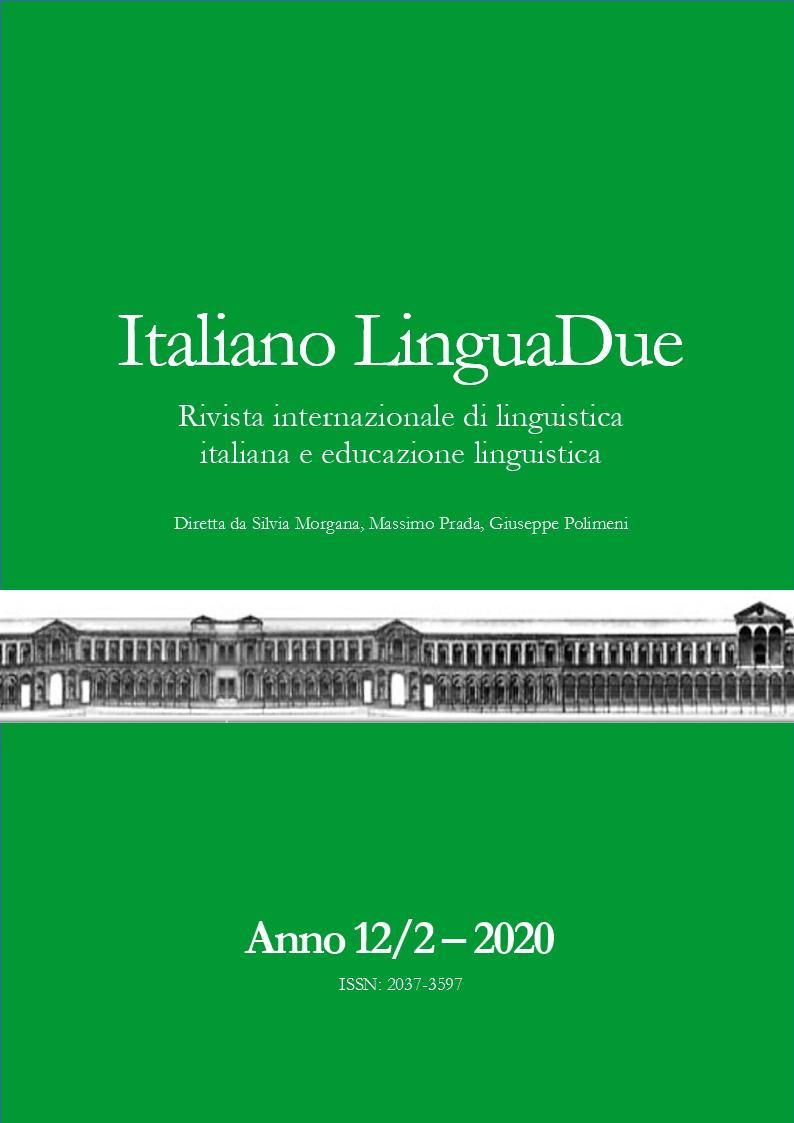LA NOZIONE DI ‘FAMIGLIA LINGUISTICA ISLAMICA’ E LA SUA RILEVANZA PER LA DIDATTICA DELLA LINGUA ITALIANA L2 A DISCENTI DI ORIGINE AFGHANO-PAKISTANA
DOI:
https://doi.org/10.13130/2037-3597/15109Abstract
Il presente contributo prende in esame alcune caratteristiche del repertorio linguistico dei discenti di area afghano-pakistana alla luce di una particolare tipologia di Sprachbund su base culturale definita come ‘famiglia linguistica islamica’. A partire da tale criterio classificatorio sarà possibile evidenziare, tra le L1 del campione osservato (urdu, punjabi, pashto e dari), significative convergenze a livello lessico-semantico e grafico che intervengono nel determinare le strategie di interazione e intercomprensione linguistiche messe in atto dagli studenti all'interno del gruppo classe.
The notion of ‘Islamic language family’ and its relevance for Italian L2 teaching to Afghan and Pakistani students
The paper explores some features of Afghan and Pakistani students’ linguistic repertoire in the light of a particular cultural-based Sprachbund typology defined as ‘Islamic language family’. Building on this classificatory criterion the study highlights significant linguistic traits at the lexico-semantic and graphic levels, shared among students’ native languages (Urdu, Punjabi, Pashto, and Dari), in order to show their influence on students’ selection of specific linguistic interaction and intercomprehension strategies within the class group.




